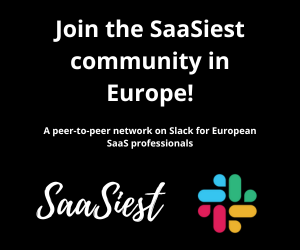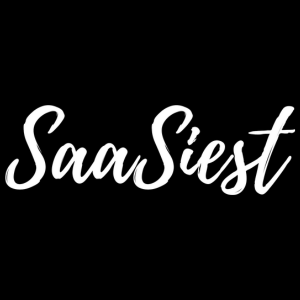Every year is not without its challenges, and 2023 is hardly different. Earlier in the year, Personio’s Chief People Officer, Ross Seychell, profiled the challenges he foresaw and compiled them in one easy-to-read place on our blog.
As we continue into the year, we wanted to take the opportunity to do a little bit of a pulse check on some of the high-profile challenges he originally outlined. Today, we want to dive into the challenges of hiring high-quality talent.
Is Talent Flooding the Market?
Especially in the technology sector, the wave of layoffs that began in 2022 has only continued to gain steam in 2023. In January and February alone, official totals amount to somewhere around 120,000 layoffs worldwide (Techcrunch).
The result, as expected, is large amounts of talent who are newly open to work. These are supremely skilled individuals, but it still requires that your organisation hires for the skills you need, when you need them, while still maintaining a high bar.
So, how can you ensure you are doing all three? We have outlined three critical considerations to help turn one of the top challenges of 2023 into an opportunity…
1. Optimal Organisational Design
Research from the Josh Bersin Company has found that 50% of organisations are not effective in designing organisational structures. So, especially with new talent hitting the mark, org design may be the best place to start.
Consider how your organisation is currently structured. Do you have teams built out in ways that reflect your priorities and core competencies? Are there new products or services that you think demand teams to help deliver them?
In terms of designing your organisation, consider the following:
- How you design for roles and career paths (individual contributors versus people leaders, for instance)
- The ways your teams scale and how new teams can serve as ways to attract new talent (or to retain your high performers)
- The importance of ensuring that your culture scales with your organisation (which may necessitate a flatter structure for your org).
Start from the ground up. If you want to aggressively scale your headcount, you need to start by assessing whether your current structure is fit for purpose now and into the future.
2. Hiring Process and Time-to-Hire
The average organisational time to hire, according to the Society for Human Resource Management (SHRM) is around 36 days. The fact is that great talent hardly waits.
That doesn’t mean that you need to rush into hiring decisions. In fact, simply viewing your time to hire metric as something that needs to be as low as possible can be misguided thinking. It can more often result in a bad or subpar hire.
All things considered, your time to hire needs to be lower than your competition. Especially when you are competing for the same great talent, candidates expect a more lean, efficient and meaningful hiring process.
It all comes back down to candidate experience. If you can deliver a great candidate experience, you can often lock in the best talent available. So, ask yourself:
- How many steps are currently in our hiring process? Can we afford to cut any of them down to speed things up?
- Are assessments fit for purpose when it comes to every role we’re hiring for? Are there places where we can forgo them?
- In what ways can we introduce automation to speed our processes up? Can we cut down time by eliminating cumbersome tasks?
Take any of the following into account and focus on whether your time to hire is too long, potentially even too short or just right for the talent you need to win.
3. Maintaining a High Bar for Quality
Candidate quality always comes first. As much as you want to reduce your time to hire, your organisation may benefit from adding steps into your hiring process to ensure that you’re hiring the best fit for your company.
First, you may want to consider interview stages which assess a potential team member’s fit in terms of their collaborative style, how they suit the culture and how they really take things to the next level. Train and use your internal high performers as interviewers.
Secondly, you should also maintain a high bar of quality for your interviewing process. Did you know that 78% of candidates are never asked for feedback regarding the hiring process? For many organisations, that’s a huge missed opportunity.
The point being that a high bar for talent requires a consistently iterative hiring process in terms of steps and revisions. You can only do that once you have automated all of your more tedious processes, of course, but the business case is clear.
Winning Top Talent in 2023
As we continue to move through the year, new challenges will surely crop up. We hope this article helped give you some food for thought as it concerns winning top talent, optimising your higher processes, while still maintaining a high bar for quality.
For many organisations, changes like these require focus and they require time. Personio helps make time for what matters, your people, while enabling and empowering your HR teams to create more impact that drives business forward.
That means automating time-wasting tasks, crafting future-focused programmes and helping win over and onboard the talent that will take your business to an entirely new level of success. Speak with one of our experts today to learn more.




